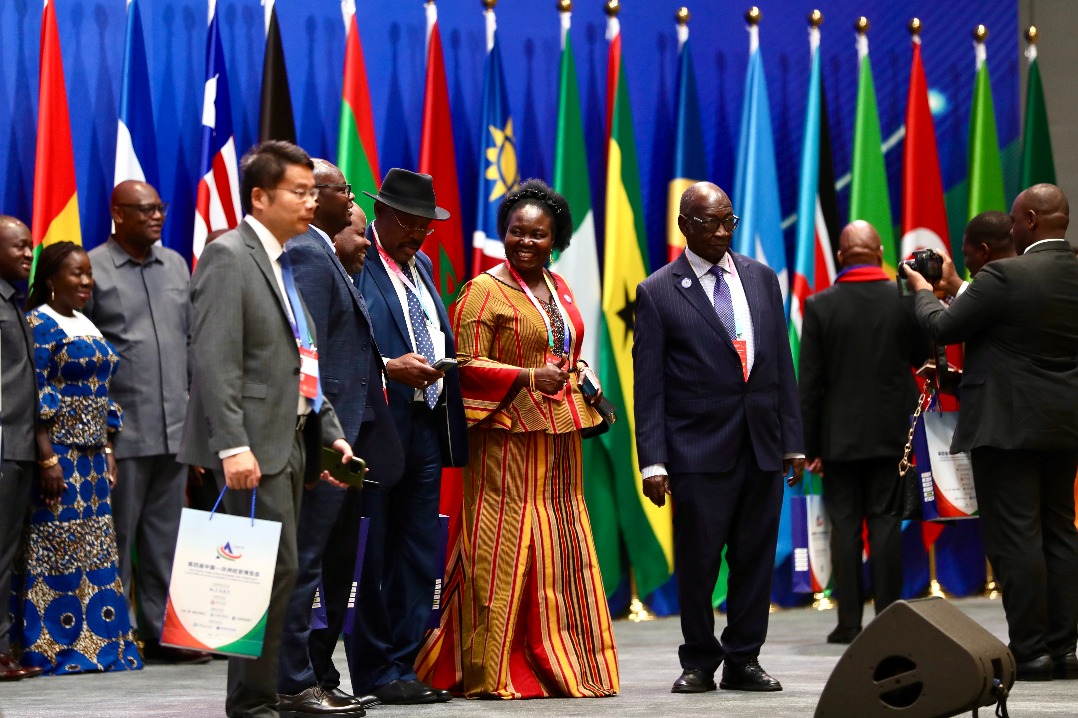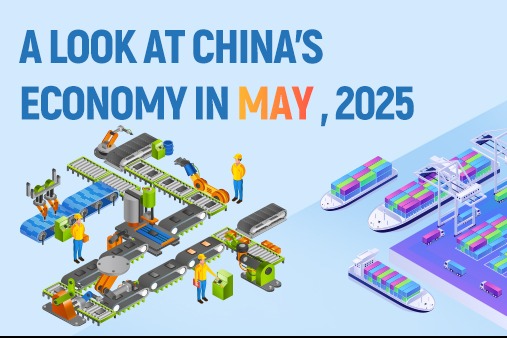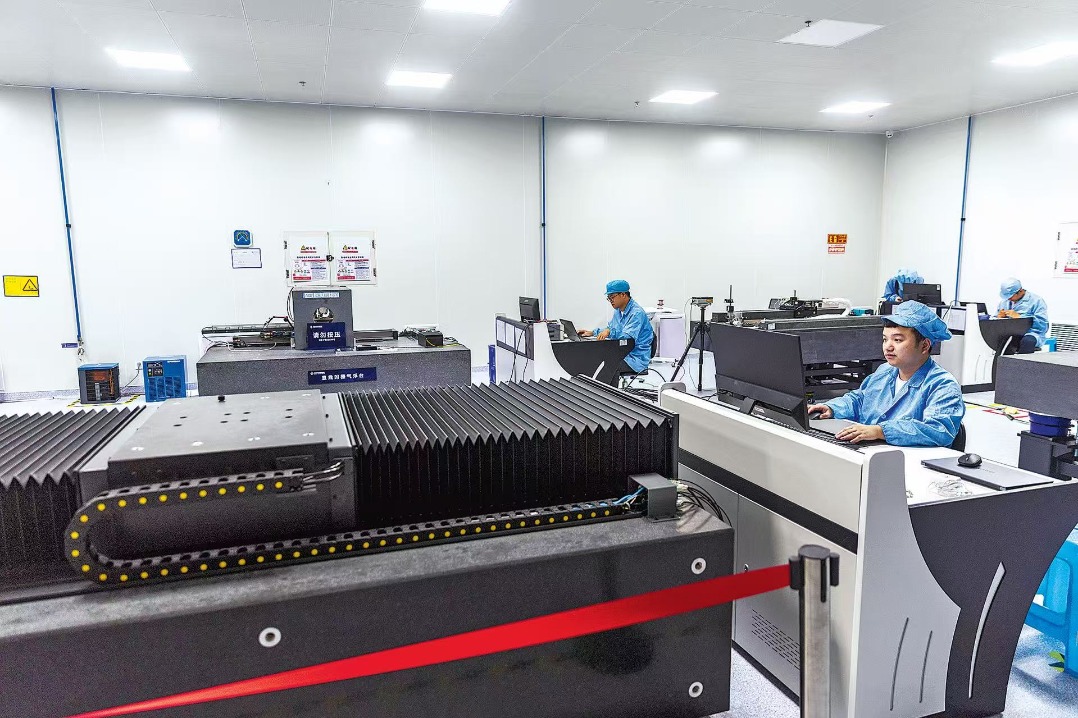Growing trade, investment flows now hallmark of BRI


Commerce between China, participating economies up by 1.5% to $1.01 trillion
Win-win cooperation and rising development opportunities have become the hallmarks of the Belt and Road Initiative-and ample proof can be found in the steady growth in trade and investment flows between China and the participating economies in the past seven years, experts said.
In the first three quarters of this year, China's trade with BRI economies rose 1.5 percent to 6.75 trillion yuan ($1.01 trillion), according to the General Administration of Customs.
Particularly, trade with Vietnam and Turkey increased 18.5 percent and 17.1 percent, respectively. Corresponding figures for Poland and Thailand were 13 percent and 10.9 percent, respectively.
The surge in the number of China-Europe freight train trips signifies the strengthening economic and trade ties between China and BRI-related economies.
Despite the COVID-19 pandemic, more than 5,120 train trips were made on the route during the first half of this year, up 36 percent from a year earlier, according to China State Railway Group Co. By the end of September, the freight service operated 30,000 trains since its launch.
Goods trade between China and BRI economies went up from $1.04 trillion in 2013 to $1.34 trillion in 2019.
China's outbound direct investment in BRI economies reached $117.31 billion during the period. By the end of 2019, ODI stock was $179.47 billion, or 8.2 percent of China's total.
The growth of nonfinancial ODI in BRI economies was even more obvious in the first nine months of this year, surging almost 30 percent on a yearly basis to more than $13 billion, according to the Ministry of Commerce.
"It's not a surprise at all that trade and investment activities between China and the BRI regions keep growing, and became a bright spot amid the global contraction in trade and investment activities this year, because the BRI propels trade and economic cooperation that lead to mutual benefits and development," said Bai Ming, deputy director of international market research at the Chinese Academy of International Trade and Economic Cooperation.
The BRI has been attracting an increasing number of participants since its inception because it was founded on the principle of achieving shared growth through collaboration, he said.
Through the BRI, countries and regions are able to further tap each other's potentials in trade and investment by exploiting advantages, maximizing strengths and overcoming weaknesses, he said.
Besides, there are a lot of sub-platforms under the framework of the BRI, which also contribute toward economic development of all the countries and regions concerned, he said, citing examples of China's free trade agreements with other countries.
According to a CAITEC report, China had signed 17 FTAs with 25 countries by the end of 2019, and 12 more FTAs are likely to be signed or upgraded. The country signed an FTA with Cambodia in October.
It had signed 200 cooperation agreements with 138 countries and regions and 30 international organizations under the BRI framework as of May, according to a recent CAITEC report.
Besides, the BRI increasingly encompasses more than just transport infrastructure, moving into power generation and utilities, oil and gas pipelines, and telecommunications.
In addition, the BRI embraces social infrastructure like education, healthcare, software and innovation, according to a Deutsche Bank report published late last year.
Zhang Jianping, director-general of the China Center for Regional Economic Cooperation, which is part of the CAITEC, said China's efforts to sign FTAs, double taxation agreements, multilateral/bilateral investment agreements, and information technology agreements, besides building a network of free trade zones, effectively facilitate trade and investment activities with BRI-related economies. Increased trade and investments will thus provide continuous development momentum to all the economies concerned.
Progress in BRI-related policy coordination, unimpeded trade, connectivity in facilities, financial integration, and people-to-people exchanges also boost inter-region trade and investment activities, he said.





































